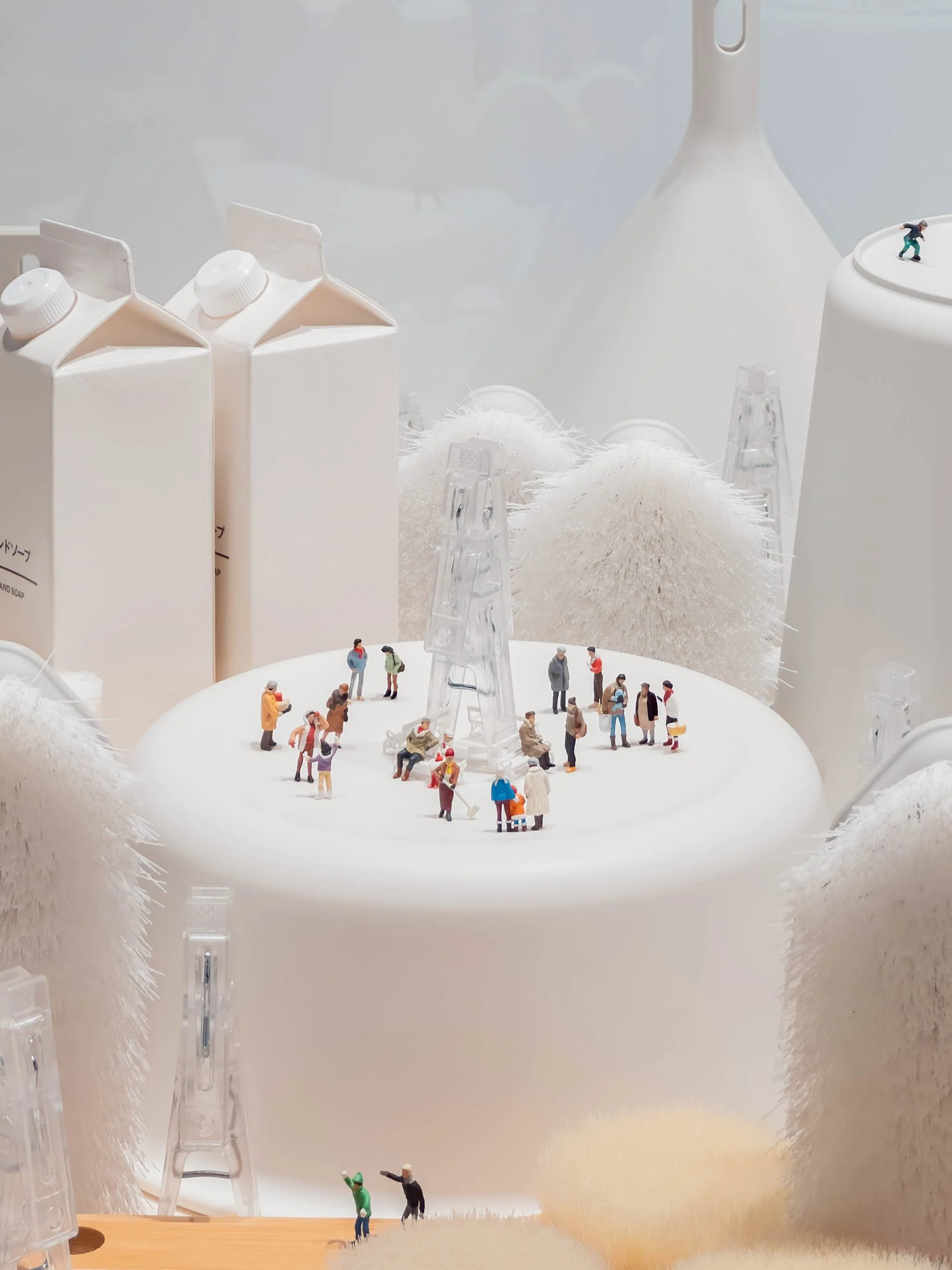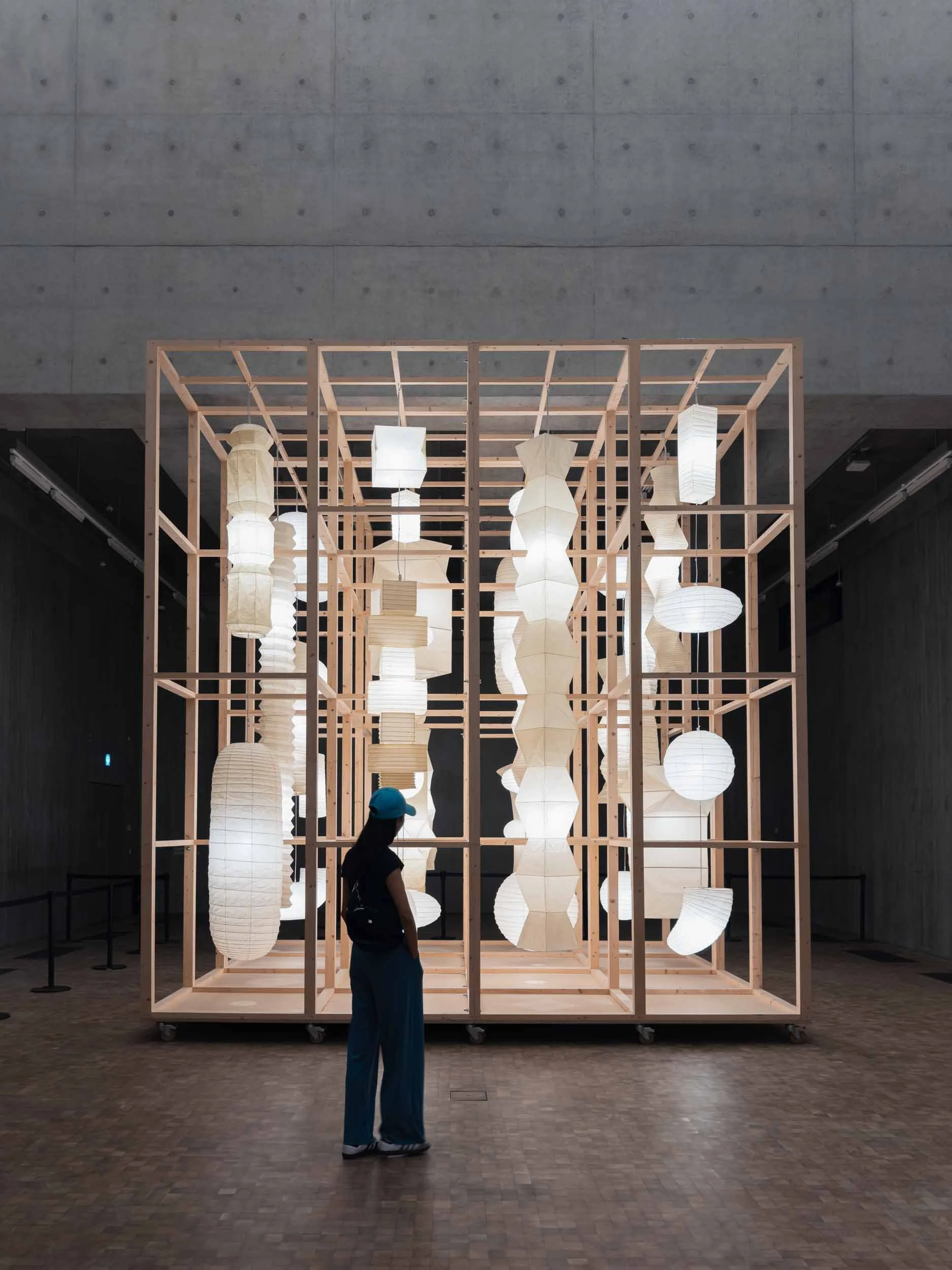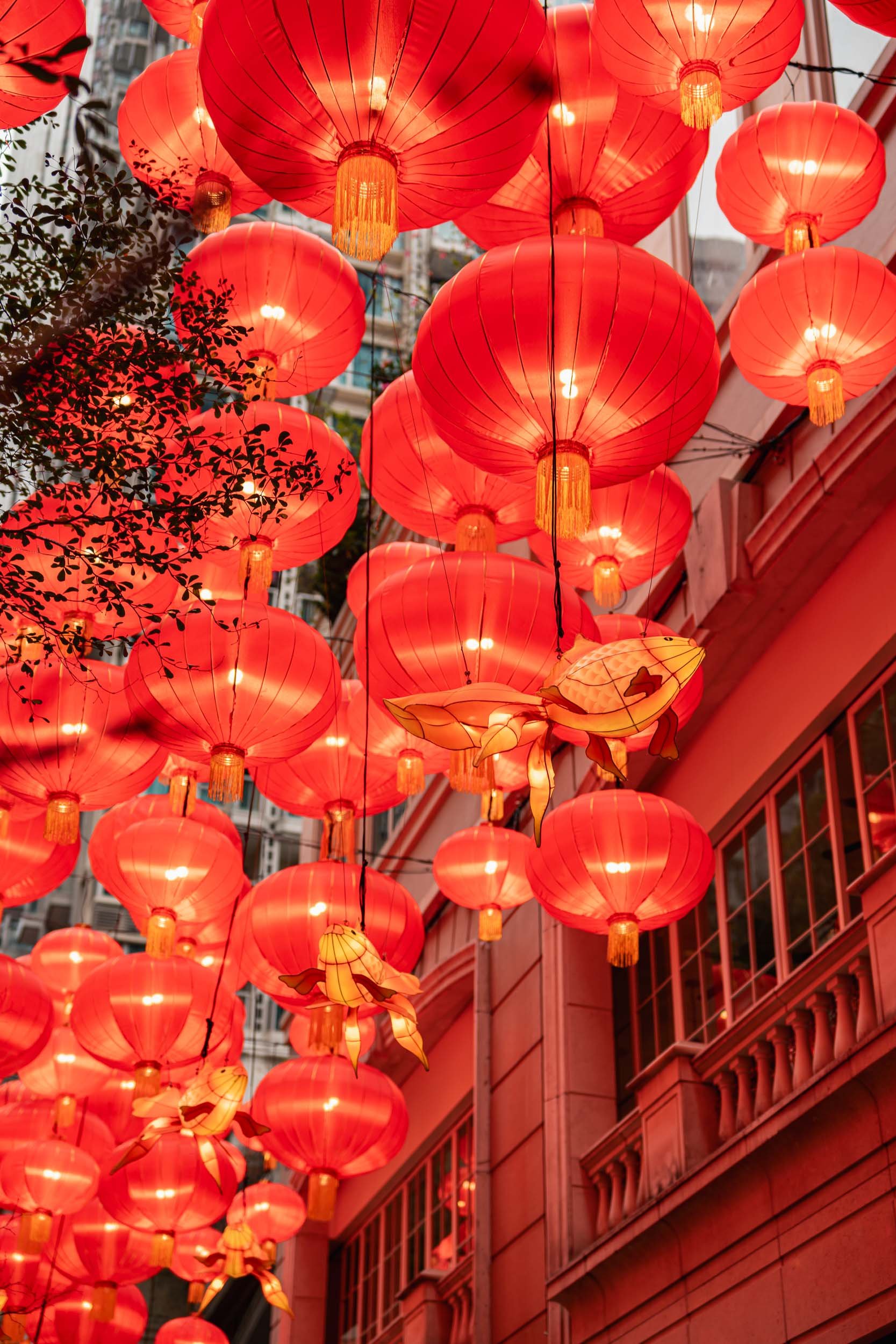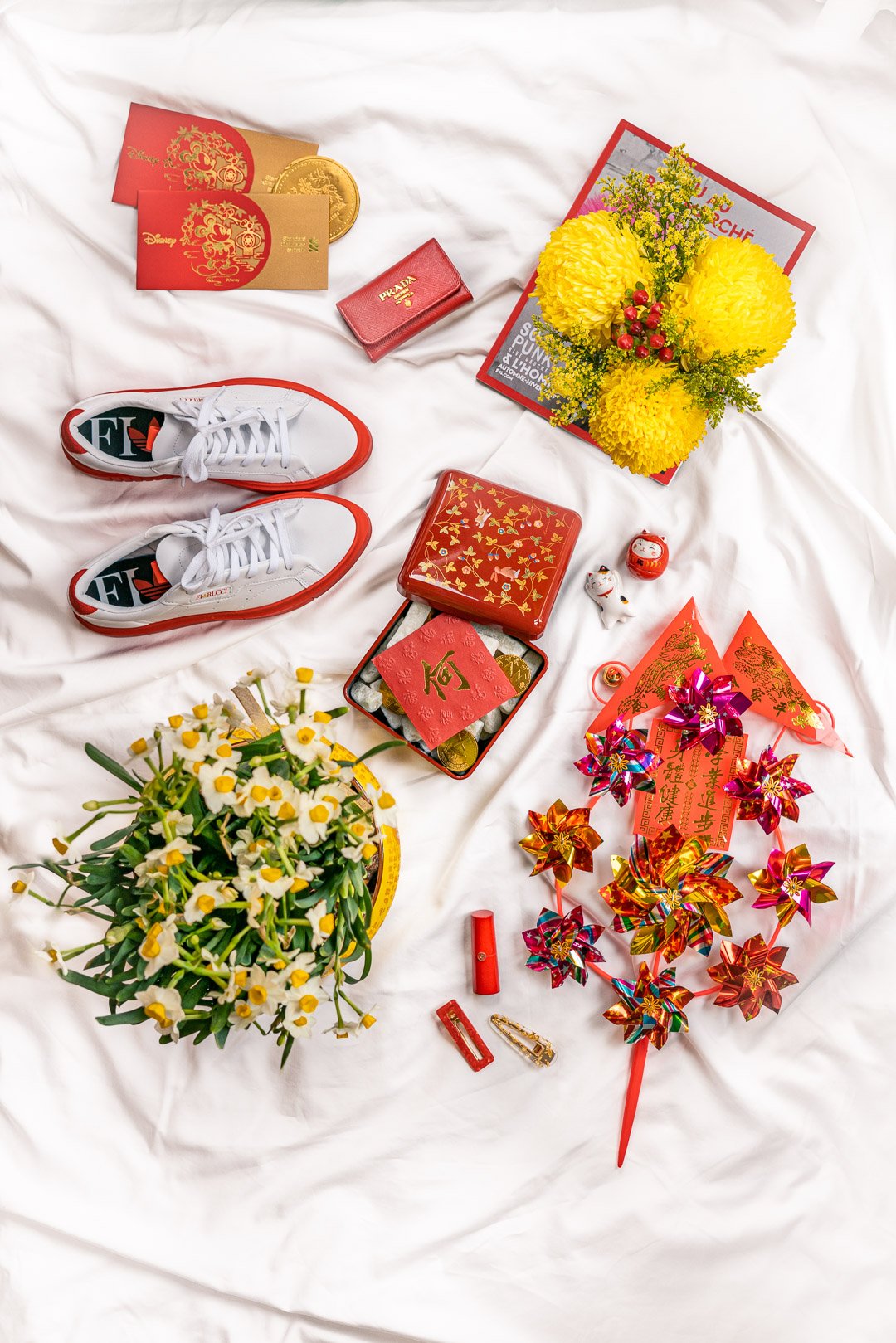Neighbourhood Guide to Shek Kip Mei: A Trove of Pastel-Coloured Buildings
Growing up in the neighbourhood, Shek Kip Mei has always appeared as a mellow district but its history was far from that.
In the 1940s, civil war in Mainland China caused over 50 thousand refugees to flee to Hong Kong and turned Shek Kip Mei into a shantytown for living. Translating to “Gorge’s End”, some say there used to be large boulders atop Garden Hill with water flowing down into the valley. Tragically on Christmas eve in 1953, a fire broke loose and raged through the shantytown and rendered the refugees homeless—it was a tipping point that pushed the government to act on public housing.
Contents
What to See in Shek Kip Mei
Shek Kip Mei Estate
The blazing fire on Christmas Eve left over 50 thousand people without shelter, and a resettlement estate was built on-site with the aid of the United Nations to house the homeless. As a result, the Colonial government formally launched a public housing policy and Shek Kip Mei Estate came to be the first housing estate project in Hong Kong. Originally, it was subdivided into “upper” and “lower” estates with the purpose of “low-rent estates” and “resettlement estates” respectively, though the distinction was set aside since the original blocks were pulled down for modernisation.
Mei Ho House
As block 41 of the original Shek Kip Mei Estate, Mei Ho House is the only block of the 1950s buildings left standing. Original features include 7 storeys constructed in an ‘H’ configuration, housing residential wings on each end and a central block of communal facilities. Later blocks were no longer constructed in the same fashion and followed a single block configuration instead. Mei Ho House is the last of the Mark II buildings and is listed as a Grade I historic building.
It now houses a youth hostel, heritage museum and a vintage-style cafe with a shop section stocking novelty items that could make for quirky souvenirs.
Jockey Club Creative Arts Centre
The former Shek Kip Mei Factory Estate housed small factories that have dwindled in numbers since the decline of local manufacturers, and the premises were renovated in 2008 and now serves as an artist village for various art forms. The green façade with the factory name in an older style of lettering can still be seen on the front entrance opposite Pak Tin Estate.
The premises feature a bright skylit courtyard dotted with eateries and exhibition spaces, as well as a black box theatre in the basement. My favourite part is visiting the rooftop, where you get a 360-degree view of public housing estates surrounding the then-factory.
Regular public events include the annual JCCAC Festival and handicraft fairs.
Nam Shan Estate
One of the most-photographed housing estates in Hong Kong, the arched monkey bars on the rooftop surrounded by green buildings present a graphic sight. My favourite is the huge aeroplane chess playground nostalgic of childhood games tucked away near the basketball courts.
Nam Cheong 220
This colourful building resembling Tetris blocks is Hong Kong’s first modular social housing project. The project concept is “sharing economy”, encouraging residents to share their belongings, skills and knowledge.
Shek Kip Mei Park
Unbeknownst to most, the park sprawls along a long, sloped area sandwiched between Shek Kip Mei and Kowloon Tong with multiple entrances. Park facilities are pretty extensive, with an indoor complex, football pitch, tennis courts, basketball courts and a jogging trail. But the most notable is its choice of pastel colours as seen in the bleachers and a secluded area towards the top of the park. Major Wes Anderson vibes!
Chak On Estate
Formerly the Tai Wo Ping Cottage Area, Chak On Estate is built on a hill and stands the highest public housing estate in the Sham Shui Po district, where certain units facing the right direction can catch glimpses of Victoria Harbour.
What to Eat in Shek Kip Mei
南樂園 (at Nam Shan Estate DPD)
Go for the side facing away from the street that specialises in congees. The food is basic and no-frills but it’s so good it’s by far my favourite spot for takeaways! And they make hands-down the BEST rice dumplings (so much better than expensive fancy ones).
My regular menu for 2pp:
White congee 白粥
Ox-tongue pastry 牛脷酥 — A sweet version of fried dough stick that is puffier and resembles an ox tongue, earning it the name of “Chinese doughnut”, I love dunking it in white congee making it a bite of hot and sweet gooey goodness
Rice noodle roll 腸粉 — I prefer mine with char siu
Zhaliang 炸兩 — A hybrid between fried dough sticks and rice noodle rolls, served with soy sauce and hoisin sauce
Rice dumpling 稯 — Two months in advance of the Dragon Boat Festival, we start badgering the lady owner, in hopes of ensuring that they will save some stock for us. It’s my family’s favourite place to stock up on dumplings every year.
Soy milk 豆漿
長發麵家 (Cheung Fat Noodles)
Located along the side of Nam Cheong 220, the stall is just several tables set under iron sheets and a rain canopy (i.e. no air-con, eating outdoors in summer is probably a bad idea). Don’t be deceived by appearances—the food is delicious and prices don’t come cheap. Tables are crowded even during weekday lunches but the turnaround is quick.
Cuttlefish ball flat rice noodles 墨丸河 — Deliciously fresh and chewy with a handmade texture, you can order this as a side separately, or even by the kilo for hotpots—it’s around HK$170/kg (double the norm)
Egg noodles stirred with soy sauce 豉油王撈麵 — A very basic dish that highlights the texture of the noodles. The soy sauce is savoury with a tinge of sweetness, and when mixed with lard it brings out the fragrance of the spring onions beautifully.
Beef brisket noodles (comes with brisket sauce) 牛腩麵 — Brisket is cooked until tender and served with a large chunk of tendon
Fried fish skin 炸魚皮 — A local delicacy dipped in noodle soup to make them ever so slightly teeth-breaking, Cheung Fat prepares their own fried fish skin that is flavourful with just the right amount of crunch. It’s only offered once a week (no guarantees when), so be ready to try your luck and snag a bowl whenever you can.
No Milkshake No Life – Morning Queue
Tucked away on the bottom of the slope to Mei Ho House, NMNL’s second store is a refreshing mix between American retro diner and Japanese airy cafe. Seating is comfortably spaced with afternoon light streaming in through the windows. If my memory serves me right, the menu is slightly different to the original NMNL on Hill Road (but lovely nonetheless).
CroBenedict-Shredded Spicy Chicken — SO GOOD. This was my favourite.
Bravo Crabmeat with Orange Gomiti — Definitely doesn’t skimp on the ingredients. Can skip if you want the fried chicken or buttermilk pancakes.
Caramel peanut butter real bacon milkshake — A decadent gooey mess—it’s no wonder NMNL prides itself on making what is probably the best milkshake in town. I love foods that are a mix of sweet and savoury, because alternating between them is my tactic to keep eating non-stop, and this flavour is a classic. Point to note: it took me the rest of the afternoon to finish my milkshake.
Cafe Golden
Full of 3 things: cups, lights and coffee; walking into Cafe Golden is like being transported to the set of “In the Mood for Love” set in the 1960s.
Fujisan Oat Milk — oat milk, butterfly pea flower, black sugar
Soya Warabimochi — served with red beans, mochi and green tea ice-cream
TOOLSS
Situated right on the corner to JCCAC, TOOLSS is a tiny store with an open bar table. They often do Christmas collaborations with hahahaflorist on the store decor.
Sweet potato latte — My favourite drink to sip on and warm my hands with while I sit at the bar table, people-watching.
品香樓 Ban Heung Lau
The spot I hang out with my mates after league matches. Always a young crowd due to its proximity to the university. Pretty sure they add MSG into a variety of dishes, not that it’s a downer if you only have it once in a while.
南乳雞翼
Cold chocolate, whip cream optional — Not the creamy Western chocolate if that’s what you’re looking for, but it’s an indulgent drink with a lot of memories.
Where to Stay in Shek Kip Mei
YHA Mei Ho House
Budget accommodation doesn’t get much more iconic than staying in a Grade I historic building. Located halfway between the Sham Shui Po and Shek Kip Mei station, the youth hostel features dormitory rooms and private spaces of varying sizes.
Did I Miss Anything?
Which location from the guide are you going to check out first?
Or maybe I didn’t mention one of your favourite spots in Shek Kip Mei.
Either way, let me know by leaving a comment below. I’d love to hear from you!
Feeling inspired?
Check out more local guides below!




























